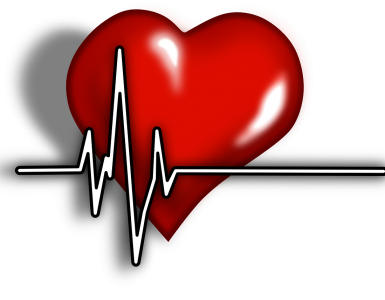Cancer is a collection of diseases characterized by unregulated, abnormal proliferation of cells as the cells fail to respond to normal growth control signals. Cancer cells upon increasing the malignant potential, acquire the ability to invade the surrounding tissues and distant organs of the body.
This process of spreading a cancer from the primary site of origin to distant organs is known as metastasis. Causative agents for development of cancer are the mutations in DNA sequences that results in formation of a dysfunctional protein hindering the cellular physiology. This process comprises of multiple steps and occur due to accumulation of genetic alterations over time.
Most of these mutations are gained over a lifetime of an individual due to exposure to various carcinogens like chemicals, radiation or due to errors during DNA replication. In addition to these it has been identified that certain viruses have the ability to induce progression of cancer in host cells via several mechanisms (Human papillomavirus).
The genetic changes implicated in carcinogenesis act mainly on proto oncogenes, tumor suppressor genes and DNA repair genes. Hence these genes are termed as ‘drivers of cancer’. In normal conditions, proto oncogenes encode proteins that promote cell division and inhibit cell death in order to maintain the normal cellular functions. Mutations of proto oncogenes will give rise to oncogenes, leading to overexpression of these proteins. This will give rise to constitutive activation of signaling pathways and elevates cell proliferation
Ras oncogene is one of the most widely associated contributors of human cancer. Ras is a G- protein that can switch between guanosine diphosphate (GDP) bound inactive and guanosine triphosphate (GTP) bound active states and mediates in downstream cellular signaling pathways to promote cell division and differentiation. Oncogenic mutation of Ras impairs inactivation of GTP bound Ras protein and will lead to continuous stimulation of cells for multiplication even in the absence of external signal

Figure 1 : Signal transduction mediated by Ras G proteins
Source : http://mol- biol4masters.masters.grkraj.org/html/Cellular_Signal_Transduction2- Cell_Surface_And_Cytosolic_Receptors.htm (accessed on 15/06/2020)
Tumor supressor genes perform the opposite action of proto oncogenes as they encode for proteins that take part in preventing unnecessary cell proliferation by mechanisms like cell cycle arrest and induction of apoptosis. Loss of activity of tumor supressor genes will remove the hinderence for abnormal cell proliferation, hence will promote tumor growth and development. Retinoblastoma is a tumor supressor gene, which upon inactivation gives rise to many types of cancer.
DNA repair pathways play vital roles in eliminating DNA damage due to exogenous toxins and also in ensuring accurate DNA replication to maintain genetic stability. Therefore gene defects in these DNA repair pathways lead to enhanced DNA lesions and mutations eventually giving rise to cancerous transformations.
Gene mutations contribute to cancer that occur after birth, within a specific cell are known as ‘somatic mutations’. Fewer percentage of mutations can be inherited and can present in every cell are known as ‘germline mutations’
Characterization of vast number of cancer related genes and gene mutations have been resulted in exploration of applications for gene mutation screening. This renders the advantages of early diagnosis, prognosis and risk stratification
Apart from the conventional cancer treatments such as surgery, chemotherapy and radiotherapy current cancer research, focus on devising novel therapeutic strategies like immunotherapy, targeted therapy, stem cell therapy and precision medicine with the aim of lowering side effects to enhance the quality of life with higher treatment efficacy.

Figure 2 : Targeted therapy for cancerSource : https://www.cancer.gov/about-cancer/treatment/types/targeted-therapies (accessed on 15/06/2020)
Author: kesari warnakulasuriya
B.Sc. (Special degree in BioChemistry and Molecular Biology)
Undergraduate
Faculty of Science
University of Colombo
References: Cancer biology: Molecular and genetic basis - Oncology for Medical Students. Source;https://wiki.cancer.org.au/oncologyformedicalstudents/Cancer_biology:_Molecula r_and_genetic_basis (accessed Jun 16, 2020). Lodish H, Berk A, Zipursky SL, et al. Molecular Cell Biology. 4th edition. New York: W. H. Freeman; 2000. Section 24.2, Proto-Oncogenes and Tumor-Suppressor Genes. Source; https://www.ncbi.nlm.nih.gov/books/NBK21662/ (accessed Jun 16, 2020) Charmsaz, S.; Collins, D.; Perry, A.; Prencipe, M. Novel Strategies for Cancer Treatment: Highlights from the 55th IACR Annual Conference. Cancers 2019, 11 (8), 1125.






Add comment